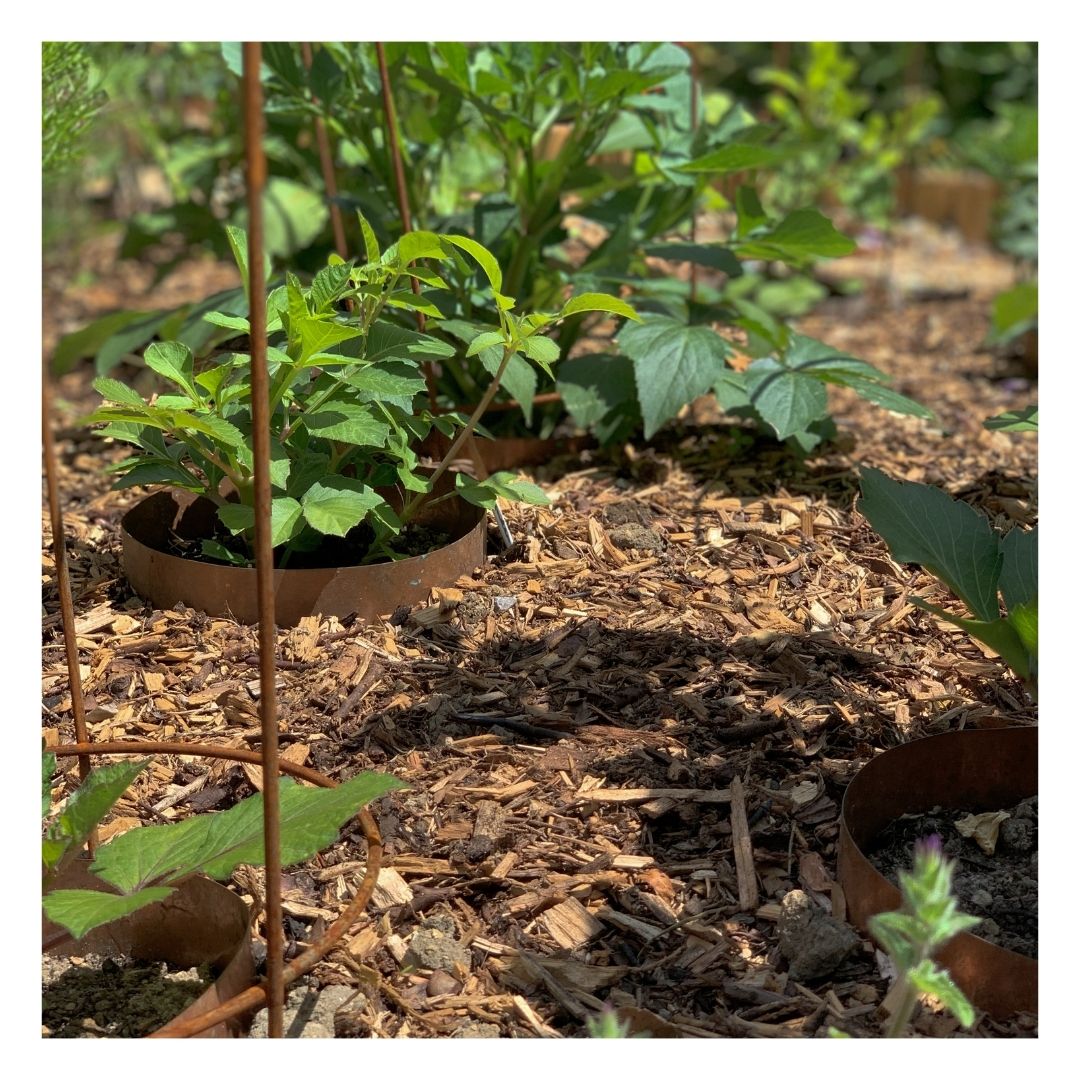3 reasons why planning is crucial in landscaping
It may seem a bit boring and a little over the top, but even the smallest garden project requires careful planning. Whether you’re a contractor re-designing a local park or a home owner simply rejuvenating your garden, careful planning means success when it comes to nature landscaping. One of the key things to understand about nature, plant life, trees etc., is that nothing happens suddenly. There was never an instance in the wild where a tree finds itself 10meters to the left, where a bush transforms into the shape of an elephant or a Duranium ends up spontaneously in Huddersfield.
Nature Happens Slowly with Purpose
A sudden change to a plant or its environment can do some serious damage if done so at the wrong time of year. Careful planning can allow you to make sudden changes that don’t appear sudden to the plant and stops it from dying a little while after the change. Methodically Pre-cutting the roots closer to the base of plants and trees that you wish to transplant is a great way of gradually changing the plant’s environment without shocking it. When you are ready to move the plant, it already has all of its roots in a confined space and will be easier to transplant. If you’re thinking about something like this, you should look to gradually make these changes more than a year (or typical growing season) in advance, to give plants the best chances of survival.
Nature is Random
It is human nature to notice patterns and shapes in everything, so whilst there may look to be the odd pattern in nature, everything is in-fact random. There are very little straight edges, right angles and cross hatches in the great outdoors, so alternating coloured plants and shaped foliage can look out of place. Patterns can be a good thing, however. A patterned decking or straight lines in pathways can add an excellent contrast to the randomness of the wild. Planning out your landscaping project allows you to spot any patterns before they’re set and prevents any irreparable design clashes. There’s a reason why designers produce ‘mock-ups’ before going for the real thing.
Nature Doesn’t Stop
One of the important things to remember with any landscaping project is that nature doesn’t stop. Nature doesn’t care that you’re on holiday or that you would prefer that this path didn’t crack. It keeps growing, keeps moving and keeps changing. Plan a landscape with maintenance in mind. How easy are plants and tree to trim? Will falling leaves ruin water features? Do you need 7 different tools to maintain the lawn? Bear in mind that someone might not be around consistently to maintain and manage the landscape – plan in a ‘neglect buffer’. In conclusion, plan in advance. A sudden shock to the system can be fatal for plants and gardens so take it slow and change gradually. Remember that nature is random; don’t think too much about patterned flower arrangement. Holidays, illness and change happens, plan a landscape so that it can be neglected slightly without everything dying.
Shop Eco Top Sellers
-
Eco Woodland Garden Mulch
Regular price £126.95 GBPRegular priceUnit price per -
Eco Organic Compost: Beds & Borders
Regular price £126.95 GBPRegular priceUnit price per -
Eco Mulch: Soil Improving Mulch
Regular price £121.95 GBPRegular priceUnit price per -
Eco Bark Nuggets
Regular price £196.95 GBPRegular priceUnit price per













